BVI Hunter
Bronze Member
Back to my pals old property and found had a signal close to this pot.
I had previously picked up lots of surface bottle finds so moved this out of the way to use the pinpointer - but the signal had gone
Looked inside and saw what turned out to be coins!!!!
Will try to clean these up a bit, the soil was packed quite hard inside.
Picture below show the pot (outside and inside) and the coins as found!
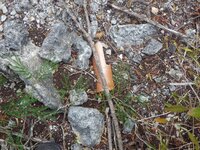
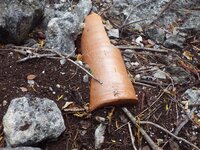
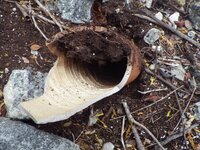
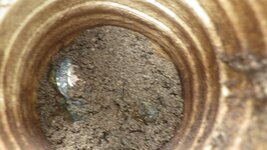
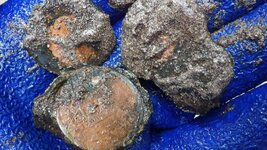
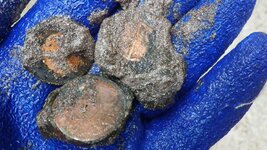
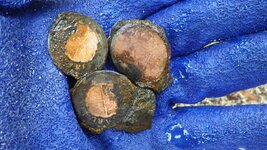
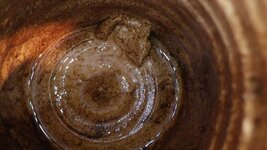
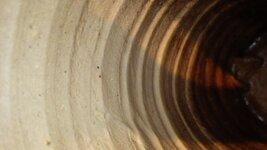
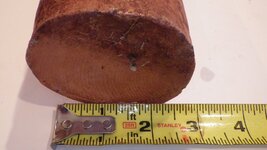
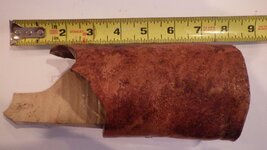
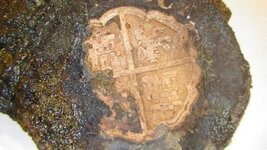
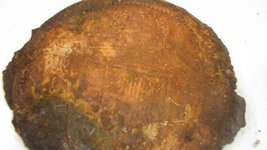
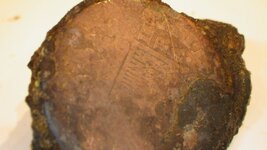
I had previously picked up lots of surface bottle finds so moved this out of the way to use the pinpointer - but the signal had gone

Looked inside and saw what turned out to be coins!!!!

Will try to clean these up a bit, the soil was packed quite hard inside.
Picture below show the pot (outside and inside) and the coins as found!















Upvote
66


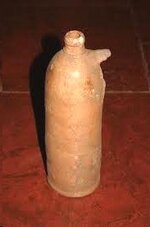
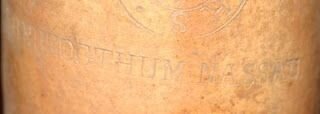
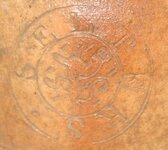








 and I don't blame you for keeping some much farther away than arm's length.
and I don't blame you for keeping some much farther away than arm's length.


